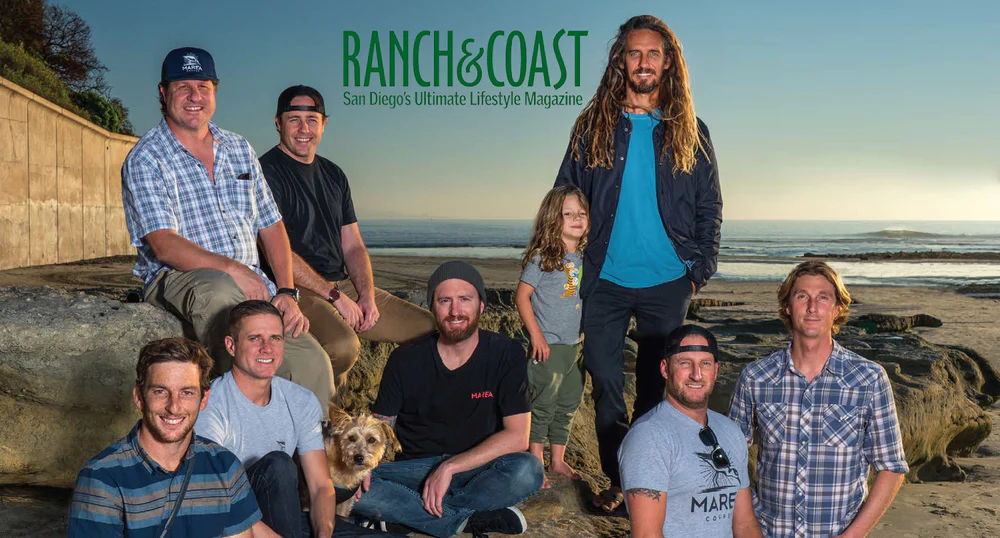Preparing for Liftoff
Collette Murphy and Bob Stefanko, principals of a growing design firm, found themselves in an unusual position. “A client’s personal bankruptcy resulted in our firm suddenly owning a magazine,” explained Murphy. “Despite this very unexpected foray into the publishing industry, we were able to turn the magazine into a profitable venture pretty quickly. Meanwhile, our design firm was also growing. Needless to say, as principals, we were stretched pretty thin. It was clear we needed to hire the right people, allocate resources to the right area, and develop the right plan for strategic growth.”
Murphy and Stefanko both knew that this strategic plan would be pivotal to their continued success. However, each one had a different vision of what the growth strategy should be. As they discussed their different visions, they agreed on one thing – the referral to CRT couldn’t have come at a better time.
Divide and Conquer
The CRT mentors started by pointing out how different the businesses were. “We were operating the two businesses without clear boundaries between them,” said Stefanko. “Our CRT mentors recommended more defined separation of the businesses – the P & L, the bank accounts, the staff, the business plans, everything. While both entities revolve around creative design and ink on paper, they derive income in completely different ways. Our mentors also showed us that while our design firm generated the higher income, our magazine had the most potential for long-term value.”
The principals took all of the CRT recommendations to heart and immediately began implementation. “After a clearer division of the operations, we were better able to determine how to allocate resources to each entity, and to project what the return would be,” said Stefanko.
Finding Focus
As Murphy and Stefanko untangled the two businesses, it became clear that the magazine offered the potential for considerably long-term value. Therefore, it needed more resources in general – and more attention from the principals in particular. At the same time, it also became evident that the design firm was very time-consuming with limited potential to build any exit value.
Ultimately, Murphy and Stefanko decided to close the design business in order to concentrate on the magazine. “Our interactions with CRT gave us focus and insight. This ultimately allowed us to successfully build and execute a strategic plan to maximize the long-term value of Ranch & Coast,” concluded Murphy.
- Principals stretched thin
- Divergent principal visions
- Need for strategic growth plan
- Lack of employee commitment
- Clearer separation of the businesses
- Concentrate on the magazine, with its higher long-term value
- Conduct market research for proper focus
- Hire business and publishing consultants to assist with assessment and planning
- Develop a plan to optimize business potential
- Developed separate organizational structures
- Created a strategic plan for the magazine (eventually closed the design firm)
- Conducted reader poll and editorial advisory board
- Hired additional staff and engaged all employees in team building and goal setting
- Changed the name of the magazine to Ranch & Coast to reflect the expanded and growing distribution
- Circulation and revenues up

